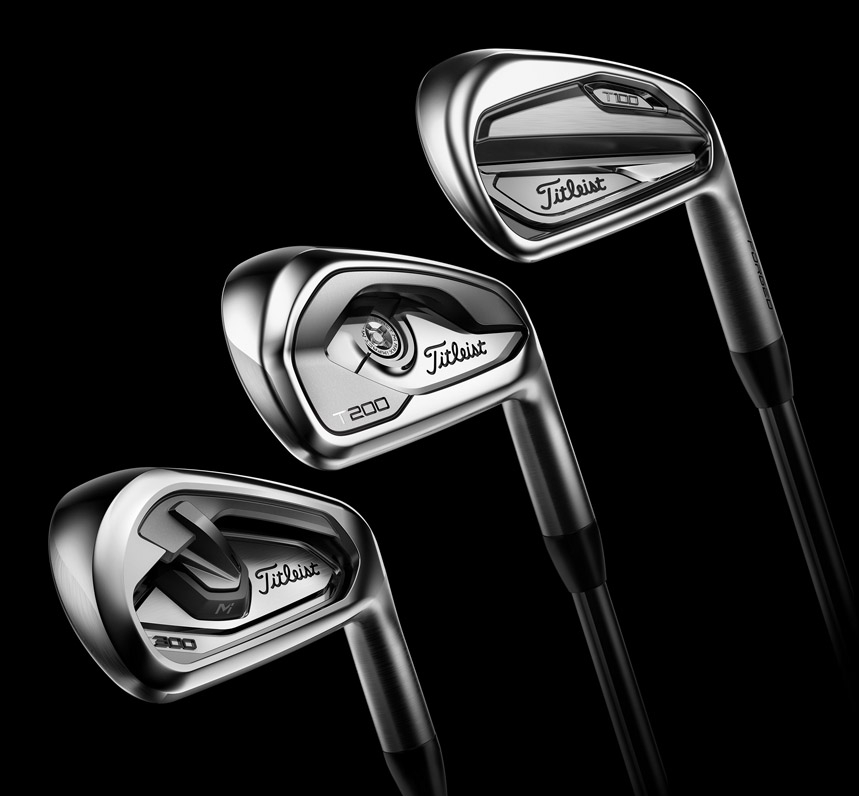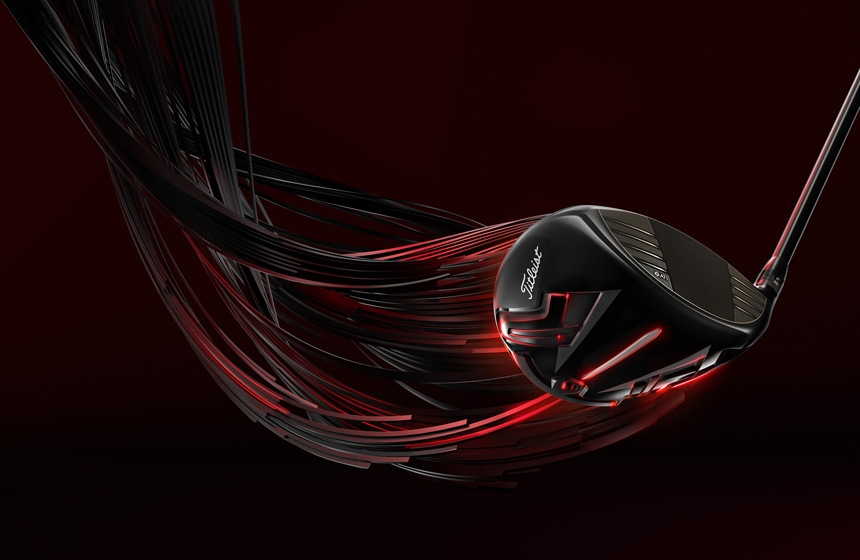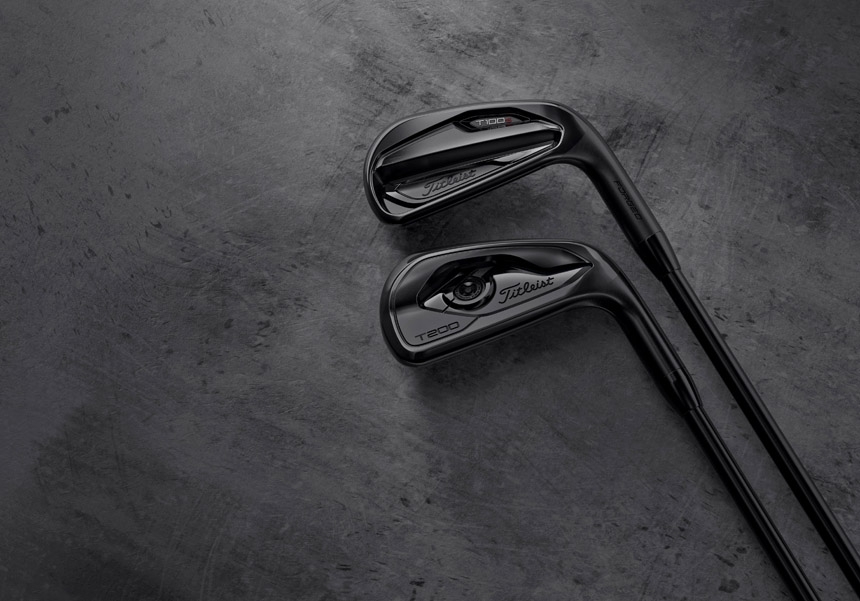Luiza: And just to close things off and have a nice closing message for other 3D artists, do you have the biggest tip for a beginner or aspiring 3D artist? What would be your biggest tip or advice to them for the future?
Mike: The advice I give to a lot of juniors… I do a lot of portfolio reviews for college, high school students too, and I always say the personal project is probably the biggest differentiator between being a good artist and becoming an excellent one. There’s a few reasons for that: One, you’re in charge of the whole vision. Two, you’re probably picking something that you love or that you are interested in, or that you like so that you’re going to be motivated that way. But more, it shows people how you think in your process. You’re not just executing part of a vision or a client’s vision - or someone’s coming to you saying ‘Here, just do this!’ and you’re just spitting it out. That’s how you learn how to create images on your own, because you’re not having people telling you what to do or the creative motivation behind it, or giving you the concept and you’re just executing. It’s hard to start doing those, especially early in your career because you’re still trying to learn all the technical stuff, you’re trying to learn the hows, not so much concentrating on the why - which is usually the personal project. I would say to always keep trying those, because the more of those you do, the better you’ll get. It’s just like in sports - you don’t just pick up a basketball and go to the NBA the first day you pick it up.
The other thing is, when you are doing these projects, don’t spend so much time worrying about the thinking or the concept behind it. Sometimes people will try to brainstorm, come up with the best concept possible before they actually start working. My advice is to do a list of concepts and just pick one and jump in and start doing it. I find once you are in the creative moment and you are creating and things are happening, that’s usually when those little sparks and moments of magic happen, because you’re in there doing stuff and you might see something that you think ‘Oh, that’s a little bit different’. It might swerve you away from your concept, but it’s taking you down a road that’s even better or that you recognise as better. You would never have found that out if you were just sitting there trying to brainstorm the concept. It’s better-to-do-than-to-think philosophy and it took me a while to figure that out. I used to think I had to have the perfect concept and have it all thought out before I could start it, and sometimes it’s better to just do it.
I know a lot of photographers who will have an idea, but they’ll get in studio and play - and, same thing - all of a sudden you’re thinking, ‘Oh wait, that turned out pretty interesting, I didn’t think of that!’. Those moments would never happen if you didn’t just jump in and start doing it. That would definitely be my number one advice - even to senior artists who are finding themselves in a rut, or stuck executing other people’s ideas - get out and take on a personal project, see how that feels, or get out of your comfort zone. Sometimes you’ll just create things you weren’t expecting to create.





![As I’m making creative decisions and moving lights around [in HDR Light Studio] it is giving me instant feedback. As I’m making creative decisions and moving lights around [in HDR Light Studio] it is giving me instant feedback.](https://www.lightmap.co.uk/dynamic_resources/blog_post_content/2508/image.jpg?1606127242)
![The light painting by clicking on the object - I think that’s what everyone loves about it [HDR Light Studio]. The light painting by clicking on the object - I think that’s what everyone loves about it [HDR Light Studio].](https://www.lightmap.co.uk/dynamic_resources/blog_post_content/2509/image.jpg?1606129791)



![[In HDR Light Studio] I like the instant ability to rotate, widen and change the width and heights of lights pretty quickly and easily with sliders. [In HDR Light Studio] I like the instant ability to rotate, widen and change the width and heights of lights pretty quickly and easily with sliders.](https://www.lightmap.co.uk/dynamic_resources/blog_post_content/2510/image.jpg?1606129866)

![Another artist that I work with had been using it [HDR Light Studio] beforehand and he’d always send over the HDR files that he’d come up with... Another artist that I work with had been using it [HDR Light Studio] beforehand and he’d always send over the HDR files that he’d come up with...](https://www.lightmap.co.uk/dynamic_resources/blog_post_content/2511/image.jpg?1606129910)